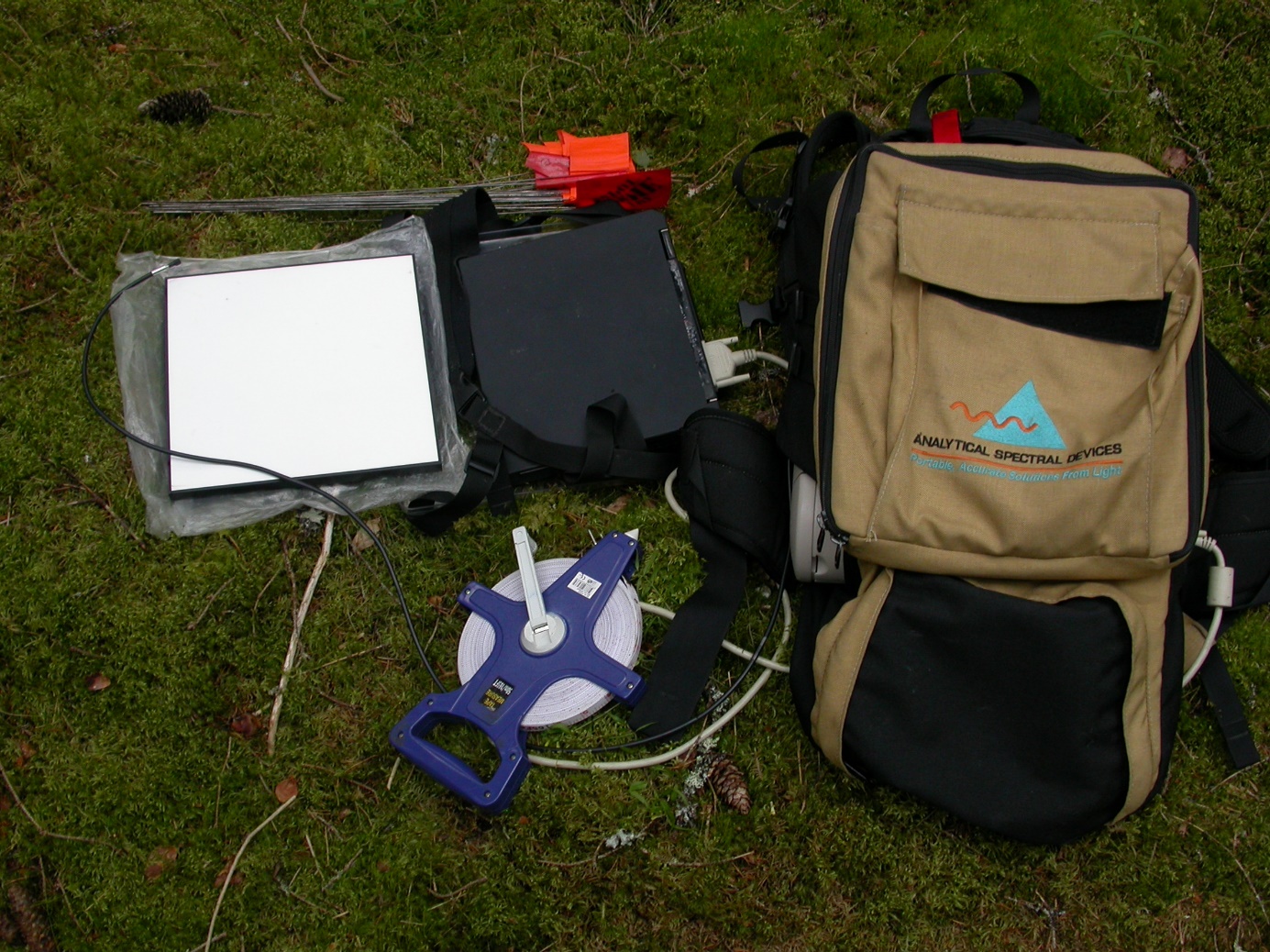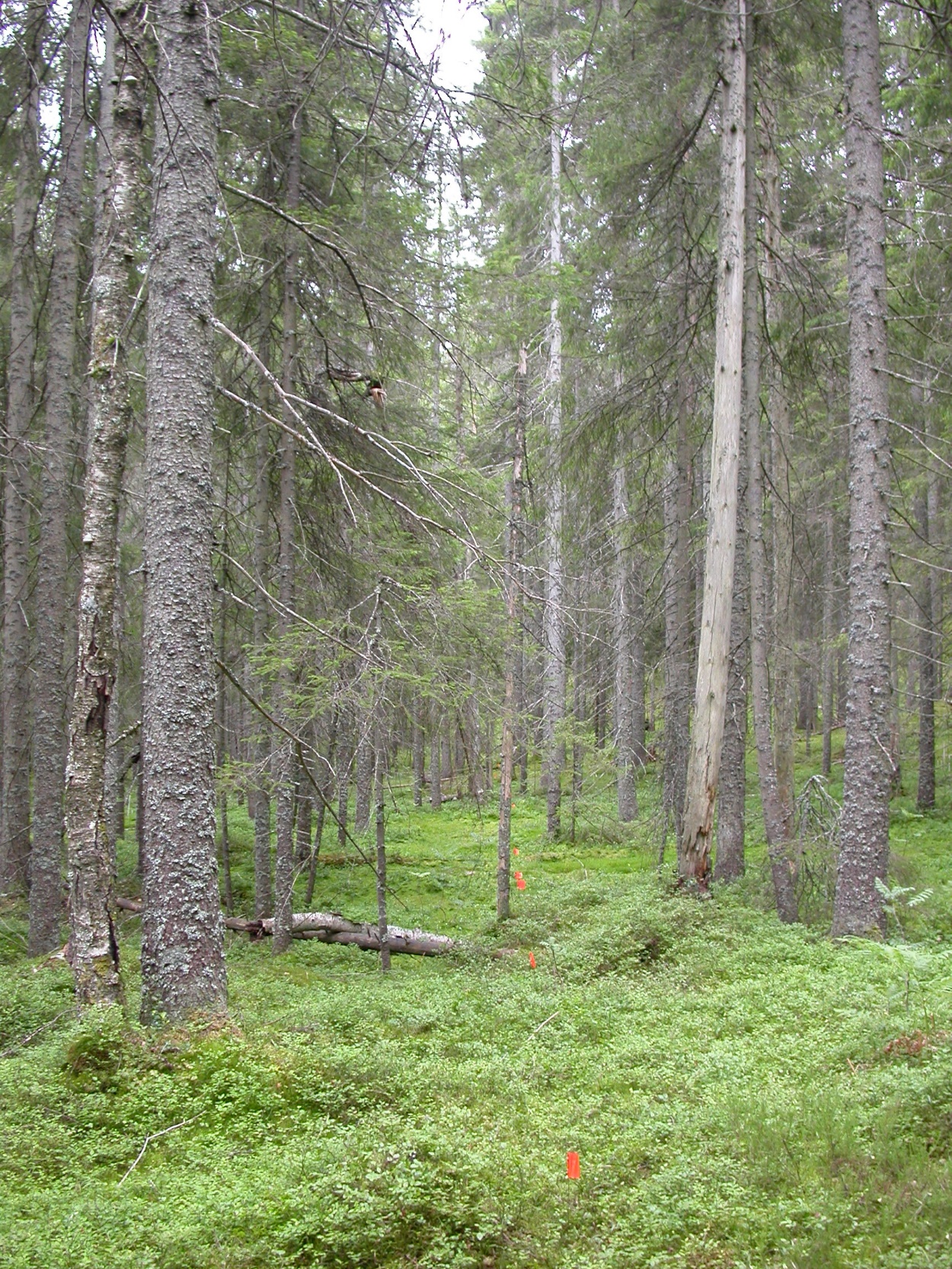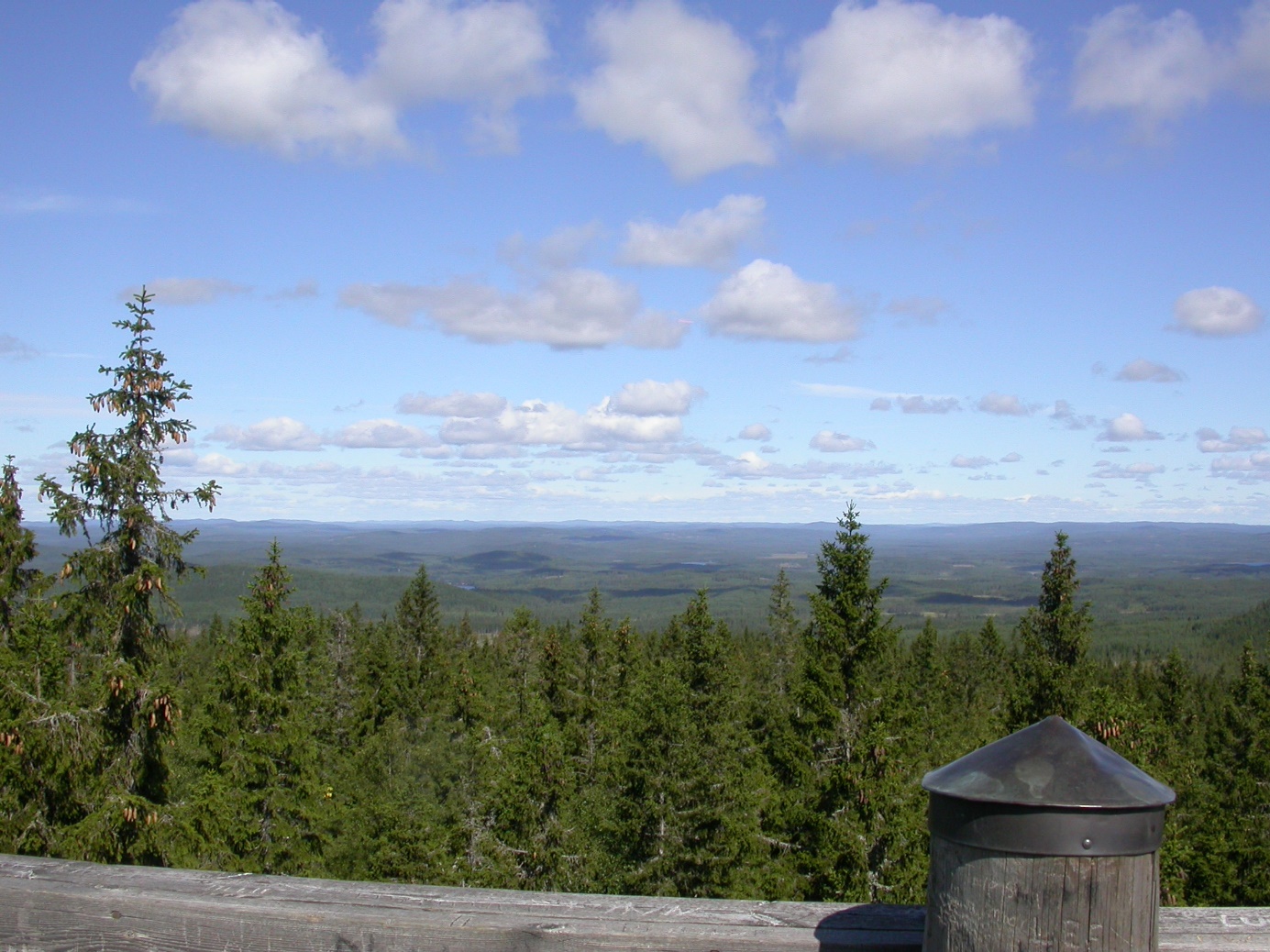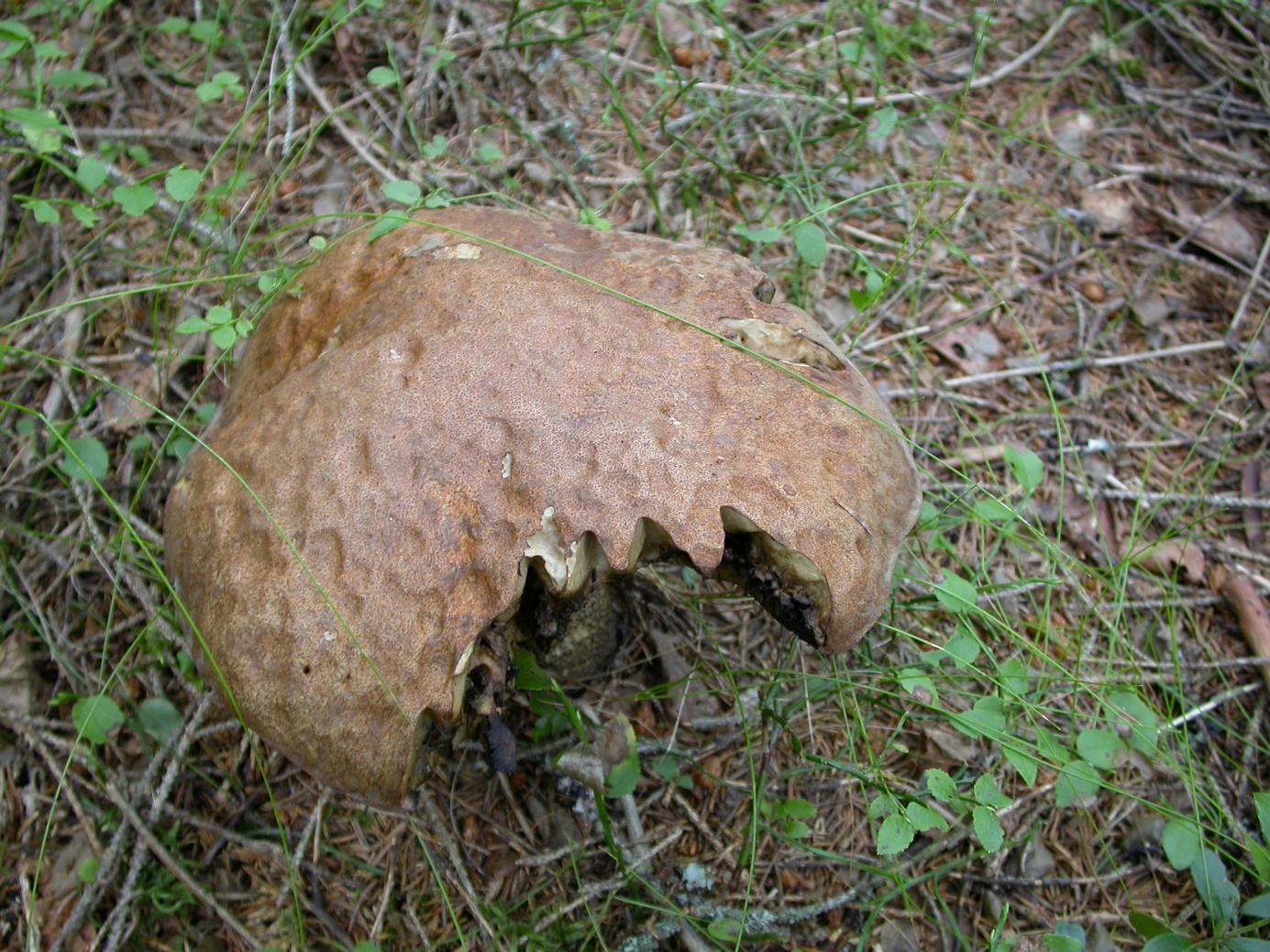
Our equipment for making understory spectra measurements at Kindla (from right to left): portable spectrometer; controlling unit (laptop); measuring tape and forest flags for laying out and marking transects; white Spectralon reference panel.
Credit: Jan Pisek
By Jan Pisek, Senior Research Fellow, Tartu Observatory, Estonia
The BRACE project (Background Reflectance ACross Europe) is one of 23 small projects supported by the eLTER H2020 project’s Transnational Access scheme (which is funded by the European Union). The objective of the project is to collect in situ measured background/understory reflectance data across diverse ecosystem research sites in Europe. The results should be particularly useful for validating remotely sensed data and for producing Northern hemisphere maps of seasonal forest dynamics, enabling analysis of understory variability, one of main contributors to uncertainty in present estimates of spring leaf emergence and fall senescence. Our data can also be used as an input for improved retrieval of biophysical parameters and for modelling local carbon and energy fluxes.
First stop was the Kindla Integrated Monitoring site in Sweden, which my colleague, Krista Alikas, and I visited in July 2016. Kindla is one of the most inaccessible and wild areas in Örebro county, and it is also a large nature reserve (over 900 hectares). To get good quality data, we have to collect our measurements in overcast, diffuse light conditions. You cannot do much when the sky is blue and the sun is shining, and during such moments we explored our surroundings and gorged on huge quantities of ever-present blueberries.

Our first 100 m long transect is laid out and ready to be measured in the forests of Kindla, Sweden (orange flags mark every 4 m along the transect). Notice the blueberry bushes (Vaccinium myrtillus) all around.
Credit: Jan Pisek
There are 15 km of paths in the nature reserve area, allowing individual walks of 7-10 km – just perfect to fit within the windows of our (in)activity when there was no hope of sudden increased cloudiness. Kindla’s summit, 425 meters above sea level, is also one of the county’s highest points. There is an additional 11-meter viewing tower, which allows you to rise over the treetops to get a fantastic view over the green sea of surrounding forests.
The splendid vista from the Kindla’s summit (426 meters above sea level).

The splendid vista from the Kindla’s summit (426 meters above sea level).
Credit: Jan Pisek
We were told that you can find traces of bear, wolf, lynx and wolverine in Kindla, but the animals are clearly very shy and maybe unsurprisingly we failed to make a closer encounter with any of these animals. On the other hand, we were apparently sharing our accommodation with another typical local representative. We were staying in a nice and cosy barn-turned-into-hostel (we were the only guests all week) in the nearby tiny village of Nyberget. During nights we could often hear a strange, not entirely unpleaseant murmur coming from the base or underneath the building. Upon our departure we were told that it was most likely a badger.

Interesting teeth bite pattern from an incognito visitor (a fellow researcher, perhaps?).
Credit: Jan Holzer
With support from the eLTER H2020 project, we are looking forward to making similar measurements from two other European LTER sites this year: Montado in Portugal and Zöbelboden, Austria.
Author: Jan Pisek
Jan got his PhD. degree from University of Toronto, Canada. He is currently a senior research fellow at Tartu Observatory, Estonia. Jan is primarily interested in field- and space-based multi-spectral and multi-angle optical remote sensing, biophysical parameter and vegetation structure mapping. Jan would like to thank Lars Lundin and Stefan Löfgren of Swedish University of Agricultural Sciences (SLU) for providing excellent supplementary materials and introduction to the Kindla Integrated Monitoring Site.











